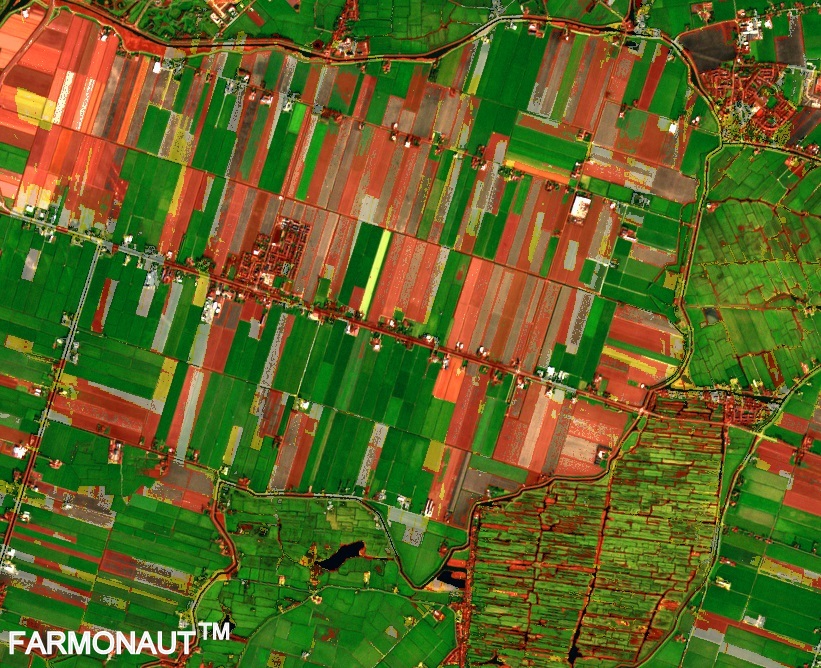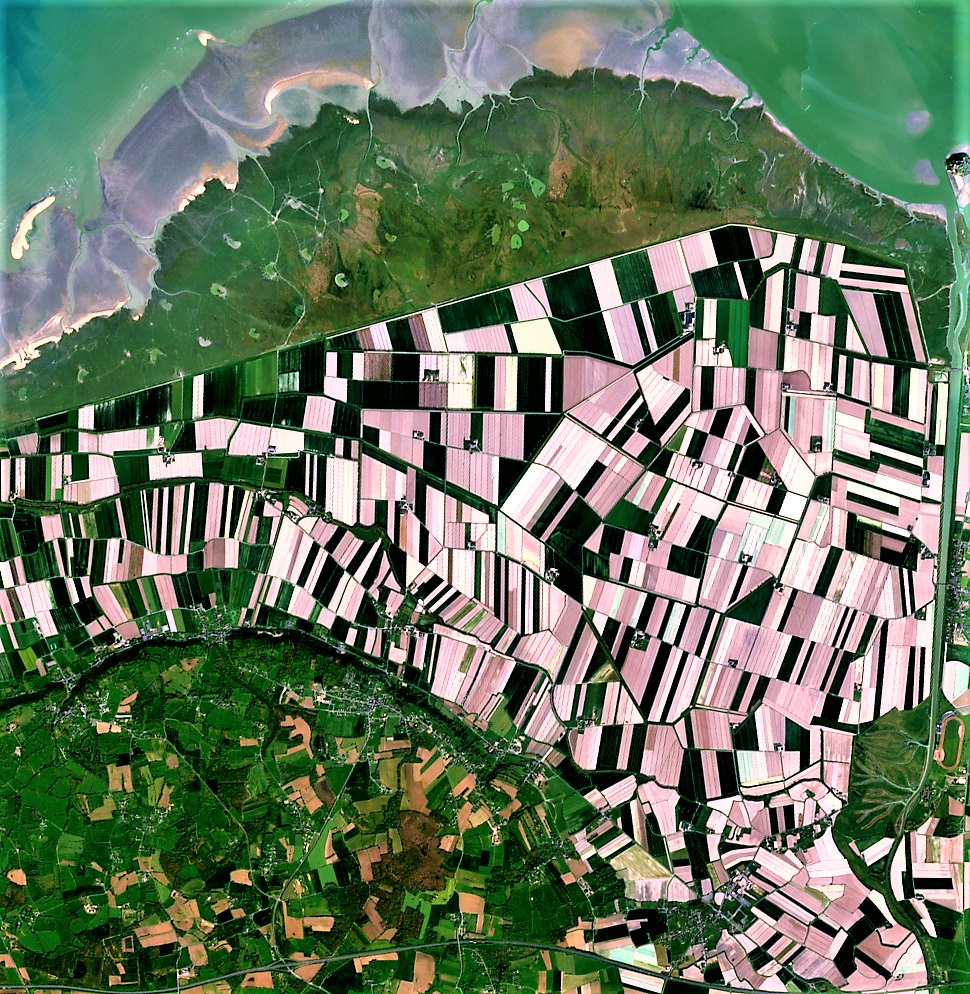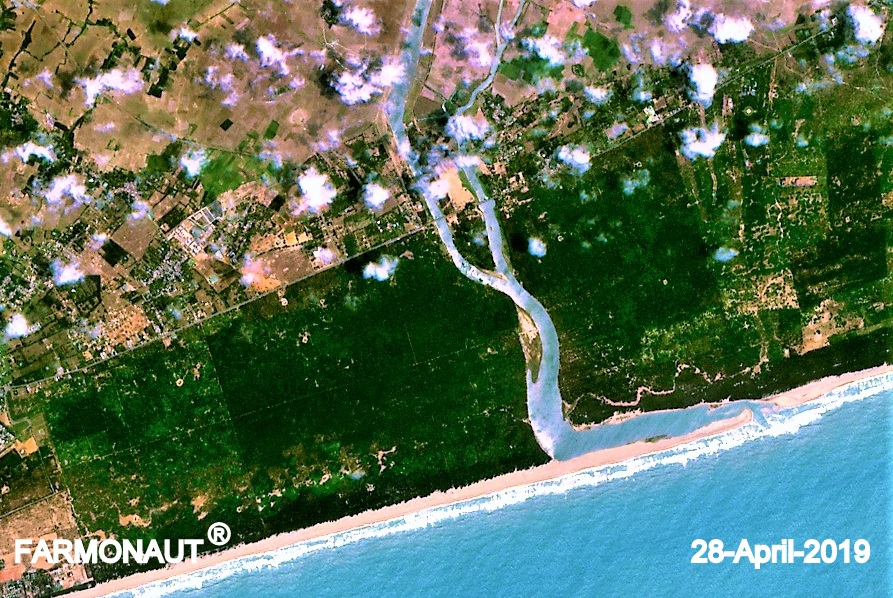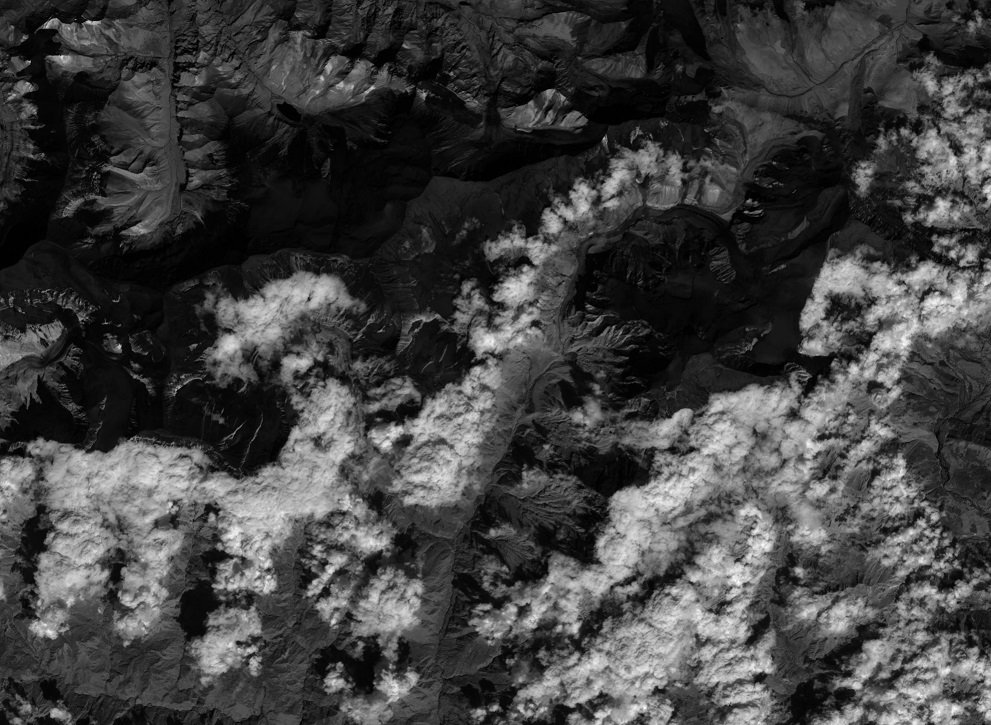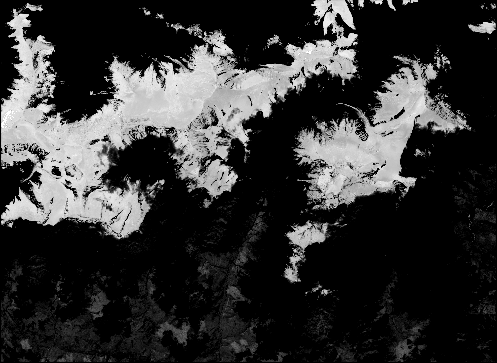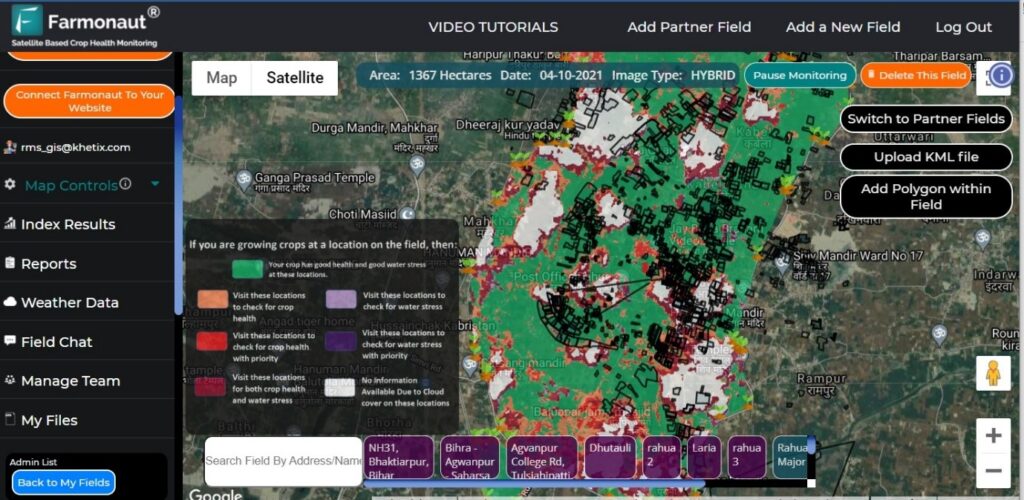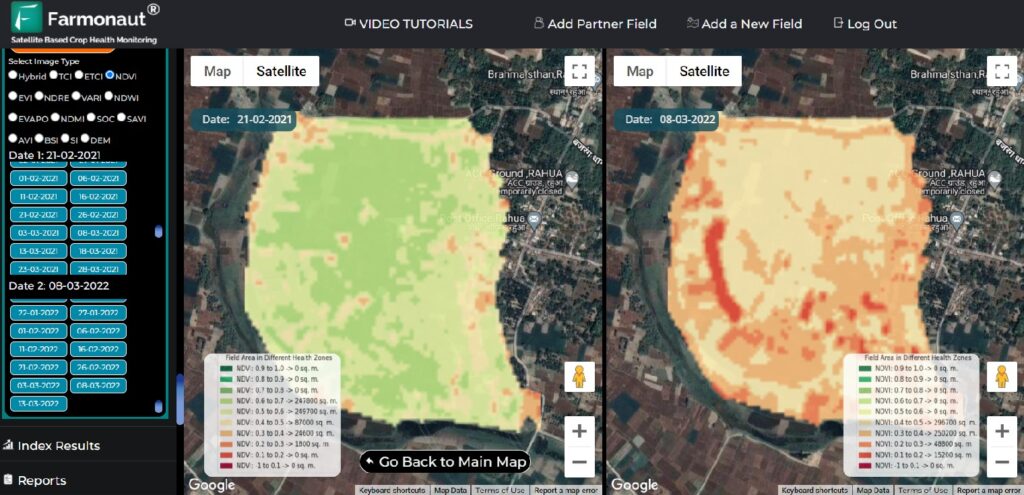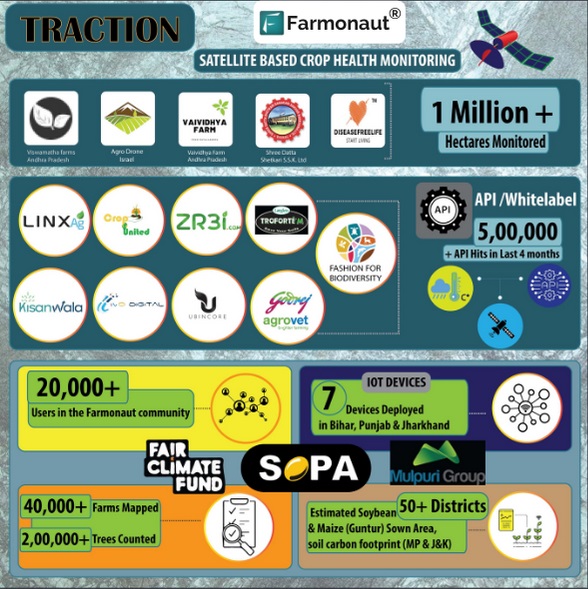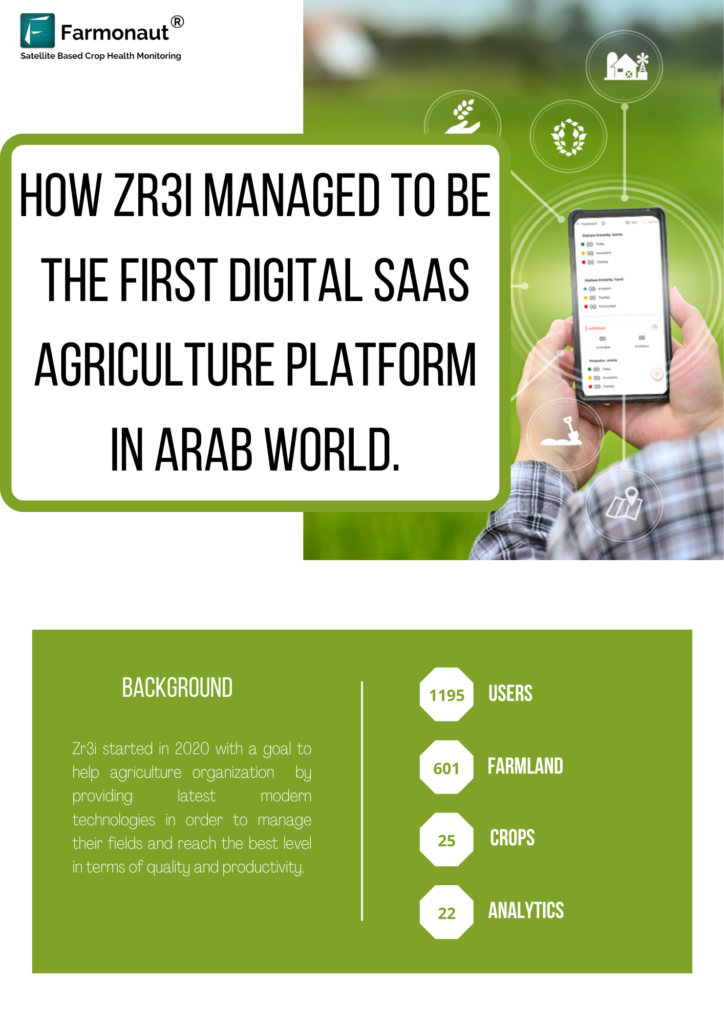NDRE Index Explained: Understanding the NDRE Equation and Its Meaning in Precision Agriculture
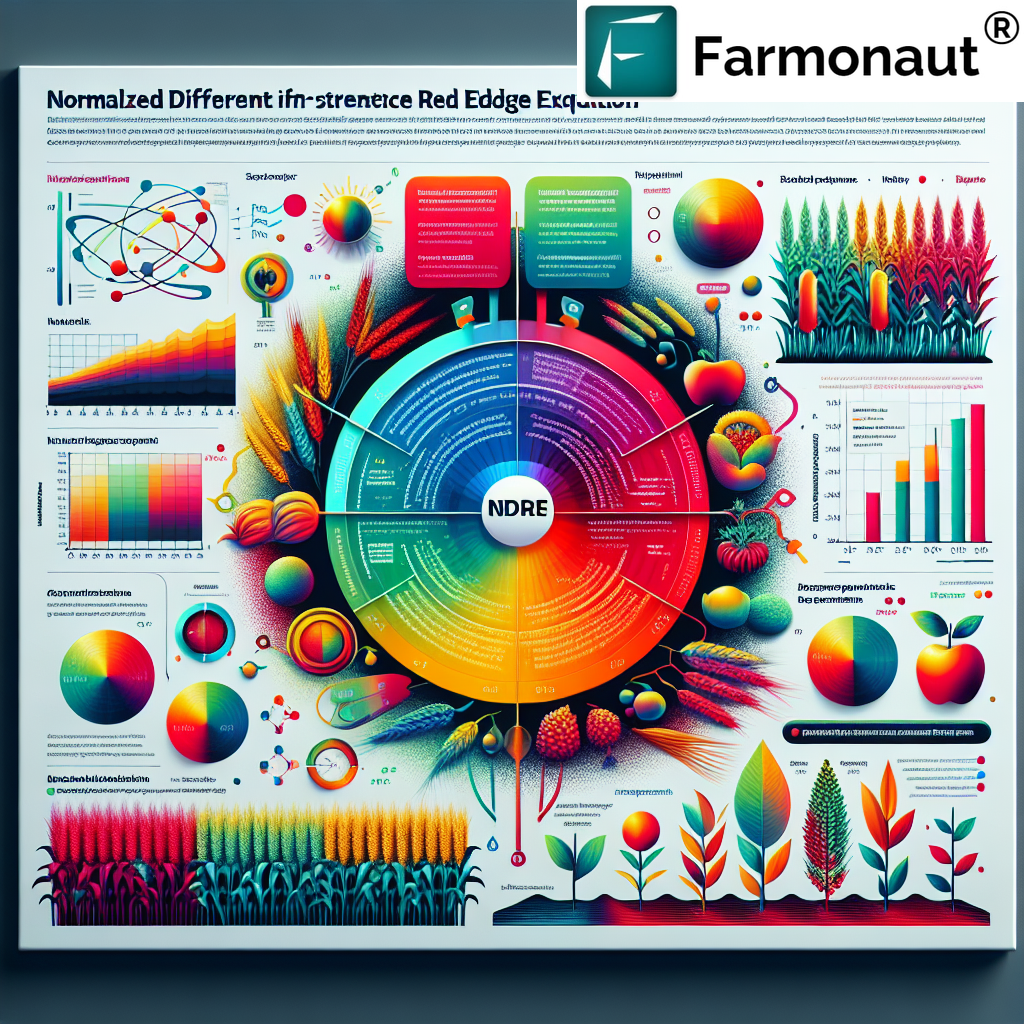
In the ever-evolving world of precision agriculture, various vegetation indices play a crucial role in helping farmers and agronomists assess crop health and make informed decisions. Among these indices, the Normalized Difference Red Edge (NDRE) index has gained significant attention for its ability to provide valuable insights into plant vigor and nitrogen content. At Farmonaut, we recognize the importance of understanding and utilizing such advanced tools to optimize agricultural practices. In this comprehensive blog post, we’ll delve deep into the NDRE meaning, explore the NDRE equation, and discuss its applications in modern farming.
What is NDRE?
Before we dive into the intricacies of the NDRE indice, let’s start with the basics. What is NDRE? The Normalized Difference Red Edge (NDRE) is a vegetation index that measures the difference between near-infrared (NIR) reflectance and red edge reflectance. This index is particularly useful for assessing plant health, chlorophyll content, and nitrogen status in crops.
The NDRE index is based on the principle that healthy vegetation reflects more near-infrared light and absorbs more red edge light compared to stressed or unhealthy vegetation. By analyzing these spectral differences, we can gain valuable insights into crop conditions and make data-driven decisions to optimize agricultural practices.
The NDRE Equation Explained
To fully understand the NDRE index, it’s essential to familiarize ourselves with the NDRE equation. The formula for calculating NDRE is as follows:
NDRE = (NIR – Red Edge) / (NIR + Red Edge)
Where:
- NIR represents the reflectance in the near-infrared band
- Red Edge represents the reflectance in the red edge band
This equation yields values ranging from -1 to 1, with higher values indicating healthier vegetation and lower values suggesting stressed or less vigorous plants.
The Significance of the Red Edge Band
The red edge band, which is central to the NDRE index, refers to the region of rapid change in reflectance between the red and near-infrared portions of the electromagnetic spectrum. This band is particularly sensitive to changes in chlorophyll content and leaf structure, making it an excellent indicator of plant health and nitrogen status.
Unlike the more commonly known Normalized Difference Vegetation Index (NDVI), which uses the red band, the NDRE’s use of the red edge band allows for more nuanced detection of plant stress and nitrogen deficiency, especially in crops with dense canopies or high biomass.
Applications of NDRE in Precision Agriculture
At Farmonaut, we leverage the power of the NDRE index to provide farmers with valuable insights into their crops. Here are some key applications of NDRE in precision agriculture:
- Nitrogen Management: NDRE is highly sensitive to changes in chlorophyll content, making it an excellent tool for assessing nitrogen status in crops. This allows farmers to optimize fertilizer application, reducing costs and minimizing environmental impact.
- Early Stress Detection: The NDRE index can detect plant stress before it becomes visible to the naked eye, enabling farmers to take proactive measures to address issues such as disease, pest infestations, or nutrient deficiencies.
- Crop Yield Estimation: By analyzing NDRE values throughout the growing season, we can provide more accurate yield predictions, helping farmers make informed decisions about harvest timing and marketing strategies.
- Variable Rate Application: NDRE maps can guide variable rate application of fertilizers and other inputs, ensuring that resources are allocated efficiently across the field based on actual crop needs.
- Monitoring Crop Development: The NDRE index allows for tracking crop growth and development over time, providing valuable insights into the effectiveness of management practices and identifying areas that may require additional attention.
NDRE vs. NDVI: Understanding the Differences
While both NDRE and NDVI are valuable vegetation indices, they have distinct characteristics that make them suitable for different applications. Let’s compare these two indices:
| Characteristic | NDRE | NDVI |
|---|---|---|
| Spectral Bands Used | Near-Infrared and Red Edge | Near-Infrared and Red |
| Sensitivity to Chlorophyll | Higher | Lower |
| Saturation in Dense Canopies | Less prone to saturation | More prone to saturation |
| Nitrogen Status Assessment | More accurate | Less accurate |
| Early Stress Detection | More sensitive | Less sensitive |
While NDVI remains a valuable tool for general vegetation assessment, NDRE offers enhanced capabilities for specific applications, particularly in crops with high biomass or when precise nitrogen management is crucial.
How Farmonaut Utilizes NDRE for Precision Agriculture
At Farmonaut, we’ve incorporated the NDRE index into our suite of advanced satellite-based farm management solutions. Here’s how we leverage this powerful tool to benefit farmers:
- Satellite-Based NDRE Mapping: We use high-resolution satellite imagery to generate NDRE maps of agricultural fields, providing farmers with a comprehensive view of their crop health and nitrogen status.
- AI-Powered Analysis: Our Jeevn AI Advisory System analyzes NDRE data alongside other critical metrics to deliver personalized recommendations for fertilizer application, irrigation management, and pest control.
- Temporal Analysis: By comparing NDRE values over time, we help farmers track crop development and identify trends or anomalies that may require attention.
- Integration with Other Indices: We combine NDRE data with other vegetation indices and environmental parameters to provide a holistic view of crop health and field conditions.
- Mobile Access: Farmers can access NDRE maps and related insights through our user-friendly mobile app, available for both Android and iOS devices.
The Advantages of Satellite-Based NDRE Monitoring
While there are various methods for collecting NDRE data, including drones and IoT devices, satellite-based monitoring offers several unique advantages. Here’s how Farmonaut’s satellite system compares to other monitoring methods:
| Feature | Farmonaut Satellite System | Drone-Based Monitoring | IoT-Based Monitoring |
|---|---|---|---|
| Coverage Area | Large-scale (regional to global) | Limited (field-level) | Very limited (point-based) |
| Frequency of Data Collection | Regular (every few days) | On-demand (requires manual flights) | Continuous (limited to sensor locations) |
| Initial Setup Cost | Low | High (equipment and training) | Moderate to High (sensors and network) |
| Operational Complexity | Low (automated) | High (requires skilled operators) | Moderate (maintenance required) |
| Weather Dependencies | Minimal (cloud penetration capabilities) | High (affected by wind, rain) | Low (but sensors can be damaged) |
| Scalability | Highly scalable | Limited by equipment and personnel | Requires additional sensors for scaling |
As demonstrated in the table above, Farmonaut’s satellite-based NDRE monitoring system offers unparalleled coverage, cost-effectiveness, and ease of use compared to other methods.
Interpreting NDRE Values: A Guide for Farmers
Understanding how to interpret NDRE values is crucial for making informed decisions based on this data. While the exact interpretation may vary depending on the crop type and growth stage, here’s a general guide:
- NDRE < 0.2: Indicates bare soil or very sparse vegetation
- 0.2 ≤ NDRE < 0.4: Suggests stressed or unhealthy vegetation, potentially due to nutrient deficiencies, water stress, or disease
- 0.4 ≤ NDRE < 0.6: Represents moderately healthy vegetation
- 0.6 ≤ NDRE < 0.8: Indicates very healthy, vigorous vegetation with good nitrogen content
- NDRE ≥ 0.8: Extremely high vegetation density, possibly indicating over-fertilization in some cases
It’s important to note that these ranges are general guidelines, and the optimal NDRE values can vary based on factors such as crop type, growth stage, and local conditions. At Farmonaut, our AI-powered system takes these variables into account to provide more accurate and context-specific interpretations of NDRE data.
Challenges and Limitations of NDRE
While the NDRE index is a powerful tool for precision agriculture, it’s essential to be aware of its limitations and potential challenges:
- Sensitivity to Atmospheric Conditions: Like other remote sensing indices, NDRE can be affected by atmospheric conditions such as cloud cover and haze. At Farmonaut, we use advanced atmospheric correction algorithms to mitigate these effects.
- Crop-Specific Calibration: The interpretation of NDRE values can vary between crop types and growth stages. Our system accounts for these differences by using crop-specific models and calibration data.
- Soil Background Effects: In areas with sparse vegetation, soil reflectance can influence NDRE values. We employ sophisticated algorithms to minimize these effects and provide more accurate vegetation assessments.
- Need for Ground Truthing: While satellite-based NDRE monitoring is highly accurate, occasional ground truthing is still recommended for validation and calibration. Our team works closely with agronomists to ensure the reliability of our data.
- Data Interpretation Complexity: Interpreting NDRE data requires expertise and context. That’s why we’ve developed our AI-powered advisory system to help farmers make sense of the data and translate it into actionable insights.
The Future of NDRE in Precision Agriculture
As technology continues to advance, we at Farmonaut are excited about the future possibilities for NDRE applications in precision agriculture. Some emerging trends and developments include:
- Integration with Machine Learning: Advanced machine learning algorithms will enable even more accurate interpretation of NDRE data, accounting for complex interactions between various environmental factors.
- Fusion with Other Data Sources: Combining NDRE data with other remote sensing indices, weather data, and soil information will provide a more comprehensive understanding of crop health and field conditions.
- Real-Time Monitoring: Improvements in satellite technology and data processing capabilities will allow for near real-time NDRE monitoring, enabling faster response to crop stress and other issues.
- Precision Phenotyping: NDRE data will play an increasingly important role in crop breeding programs, helping researchers identify varieties with improved nitrogen use efficiency and stress tolerance.
- Enhanced Predictive Models: By incorporating historical NDRE data and other environmental factors, we’ll be able to develop more accurate predictive models for crop yield and quality.
How to Get Started with NDRE Monitoring
If you’re interested in leveraging the power of NDRE monitoring for your farm or agricultural business, Farmonaut offers a range of solutions to suit your needs:
- Sign Up for Farmonaut: Visit our website to create an account and start exploring our satellite-based farm management tools.
- Download Our Mobile App: Get instant access to NDRE maps and other critical data on the go with our mobile app, available for Android and iOS.
- Explore Our API: For developers and businesses looking to integrate NDRE data into their own applications, check out our API documentation.
- Contact Our Team: If you have any questions or need assistance getting started, don’t hesitate to reach out to our expert support team.
Ready to take your farming to the next level with NDRE monitoring? Subscribe to Farmonaut today:
Conclusion
The NDRE index has emerged as a powerful tool in precision agriculture, offering valuable insights into crop health, nitrogen status, and overall plant vigor. By understanding the NDRE meaning, equation, and applications, farmers and agronomists can make more informed decisions to optimize their agricultural practices.
At Farmonaut, we’re committed to making advanced technologies like NDRE monitoring accessible and affordable for farmers worldwide. By combining satellite-based NDRE data with our AI-powered analytics and user-friendly platform, we’re helping to drive the future of sustainable and efficient agriculture.
Whether you’re a small-scale farmer looking to improve your crop management or a large agribusiness seeking to optimize operations across vast areas, Farmonaut’s NDRE monitoring solutions can help you achieve your goals. Join us in revolutionizing agriculture through the power of data-driven insights and precision farming techniques.
FAQs
-
Q: How often is NDRE data updated on the Farmonaut platform?
A: We typically provide NDRE updates every 3-5 days, depending on satellite availability and weather conditions. This frequency allows for timely monitoring of crop health and nitrogen status throughout the growing season.
-
Q: Can NDRE be used for all crop types?
A: While NDRE is valuable for many crop types, its effectiveness can vary. It’s particularly useful for crops with high biomass, such as corn, wheat, and rice. Our system is calibrated for a wide range of crops to ensure accurate interpretations.
-
Q: How does NDRE compare to soil testing for nitrogen management?
A: NDRE provides a non-destructive, real-time assessment of crop nitrogen status across entire fields, complementing traditional soil testing. While soil tests offer detailed information about soil nutrient levels, NDRE shows how plants are actually utilizing nitrogen, allowing for more precise and timely management decisions.
-
Q: Is special equipment required to use Farmonaut’s NDRE monitoring service?
A: No special equipment is needed. Our satellite-based system provides NDRE data without requiring any on-farm hardware. You can access all the information through our web platform or mobile app.
-
Q: How accurate is satellite-based NDRE monitoring?
A: Satellite-based NDRE monitoring is highly accurate, with our system achieving correlations of over 90% with ground-based measurements in many cases. However, factors such as atmospheric conditions and crop type can influence accuracy. We continuously refine our algorithms and recommend occasional ground truthing for optimal results.
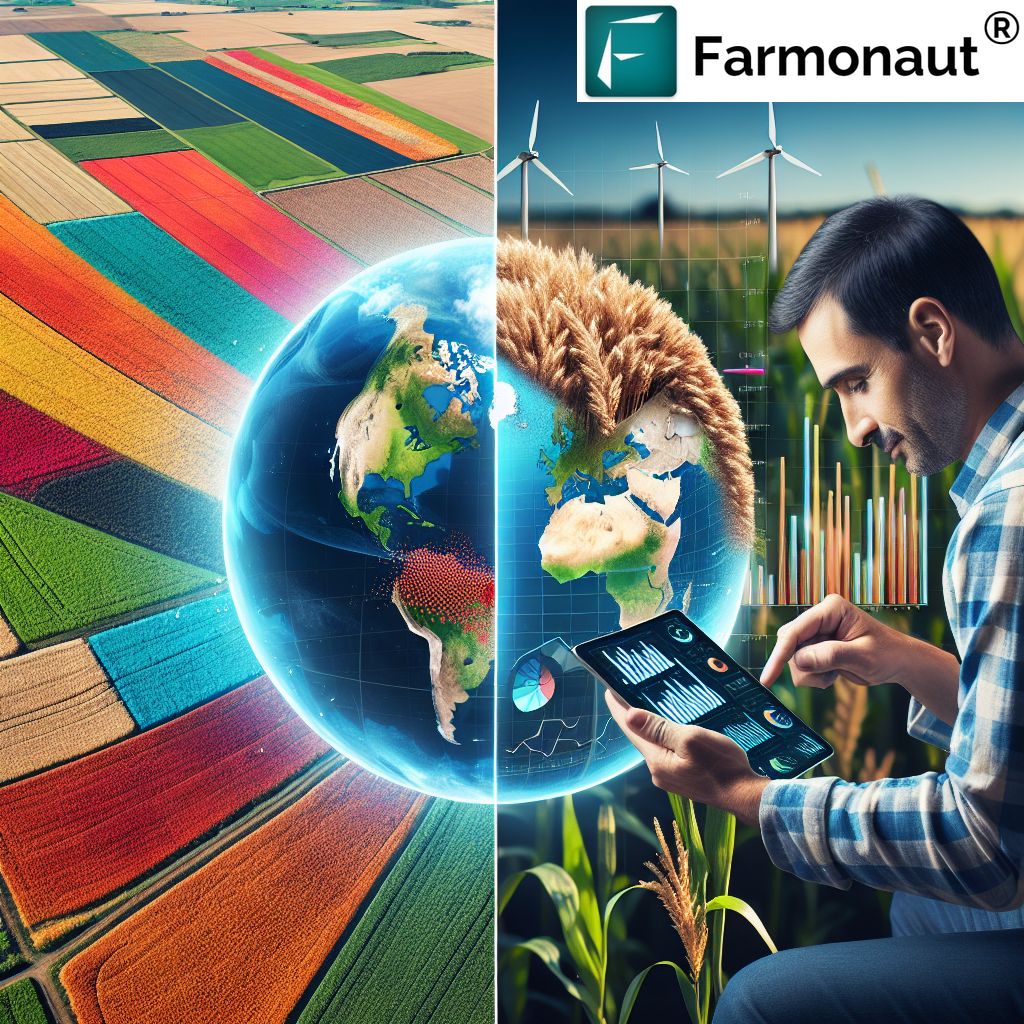
By leveraging the power of NDRE monitoring through Farmonaut’s advanced satellite-based system, you can gain unprecedented insights into your crops’ health and optimize your agricultural practices for maximum efficiency and yield. Start your journey towards data-driven farming today with Farmonaut!


